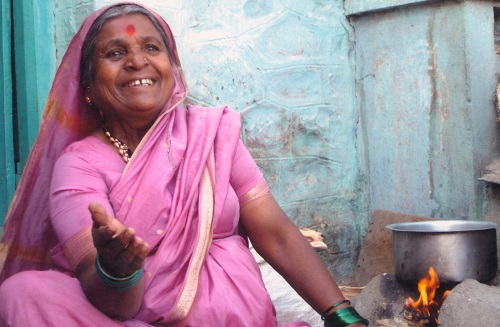A recent study shows that more than half of the women of prime reproductive age in Maharashtra suffer from anemia. It is considered a lethal situation both for physical and cognitive health.
Anemia is a medical condition where there is a lack of healthy red blood cells and/or hemoglobin in the blood leading to reduced oxygen flow to the body’s organs. The prominent symptoms of anemia are fatigue, light-headedness, dizziness, shortness of breath, and more. An individual can suffer from anemia due to various reasons like dietary deficiency, malabsorption, inheritance, and more. An individual suffering from anemia may suffer from reduced cognitive abilities, impaired sexual and reproductive development, and lower levels of productivity.
“54.2 percent women are anaemic in Maharashtra, and this indicates a severe public health problem,” the recent study found. The study is based upon two time points of the National Family Health Survey (NFHS-4, 2015–16 & NFHS-5, 2019–20) in India. There has been an increase in the prevalence of anemia by 6.2%. Though some level of improvement was noted in various districts of Maharashtra, the overall picture is a dreadful display of public healthcare.
According to the World Health Organization, India is among the top countries with a high number of anemia cases.
The Study
Global studies have reported that on average 16.20 billion people are affected by anemia. There has been a wide prevalence of anemia in low and middle-income countries than in high-income countries. The study by National Family Health Surveys (NFHS) reported the prevalence of the illness to be 53% among women of the fertile age group.
The latest study conducted to study the ‘prevalence of anaemia among women of reproductive age (15–49): A spatial-temporal comprehensive study of Maharashtra districts’ was conducted by the researcher duo – Koustov Ghosh from Pune’s Gokhale Institute of Politics and Economics and Mithun Mog representing National Institute of Technology, Agartala. The study was primarily focused on the health data from National Family Health Surveys (NFHS) conducted during 2014-2015 and 2019-2020.
In 2015-16, with 60.22% the prevalence of Anaemia among women was the highest in Nandurbar districts and lowest in Washim with 35.46% in the districts of Maharashtra. Whereas, in 2019–20, Gadchiroli reported the highest number of cases with 66.20% and Sindhudurg reported the lowest with 41.20%. Washim district of Maharashtra showed the highest amount of positive change with an increase of 20.94%. On the other hand, Ratnagiri, Mumbai city, Sindhudurg showed a decrease in the number of cases indicating improving healthcare.
Another study highlights the fact that young women are substantially more likely to suffer from anemia than pregnant women. This is due to the fact that pregnant women are usually taken care of by other family members (especially elder women of the society).
“Through this study, women from low economic status, past birth recode more than three children are significantly associated with developing anemia. Thus, besides the low wealth status of women, the health status in northeastern states women of India reflecting gender discrimination of both biosocial characteristics and socially within the household and in society,” the study reported.
Suggestions as per the study:
The proposed strategies considered an intervention approach and include following elements:
- The vulnerable regions should include modern effective strategies that can facilitate local training institute
- Facilitating iron supplements.
- policy advocacy for the benefit of women’s health.
Precautionary measures:
Here are some of the measures suggested by health experts:
- Including vitamin C-rich foods in your diet. It helps in iron absorption.
- Avoid drinking tea or coffee with your meals, as they can affect iron absorption.
- Breastfeed babies exclusively for 6 months and then include iron-rich foods
- Eat more fresh vegetables and fruits

